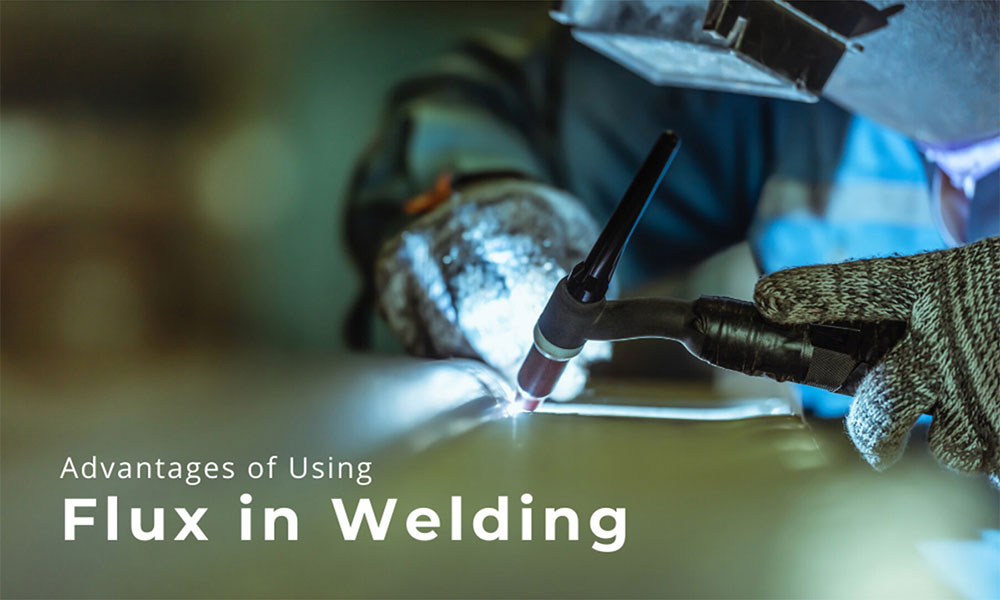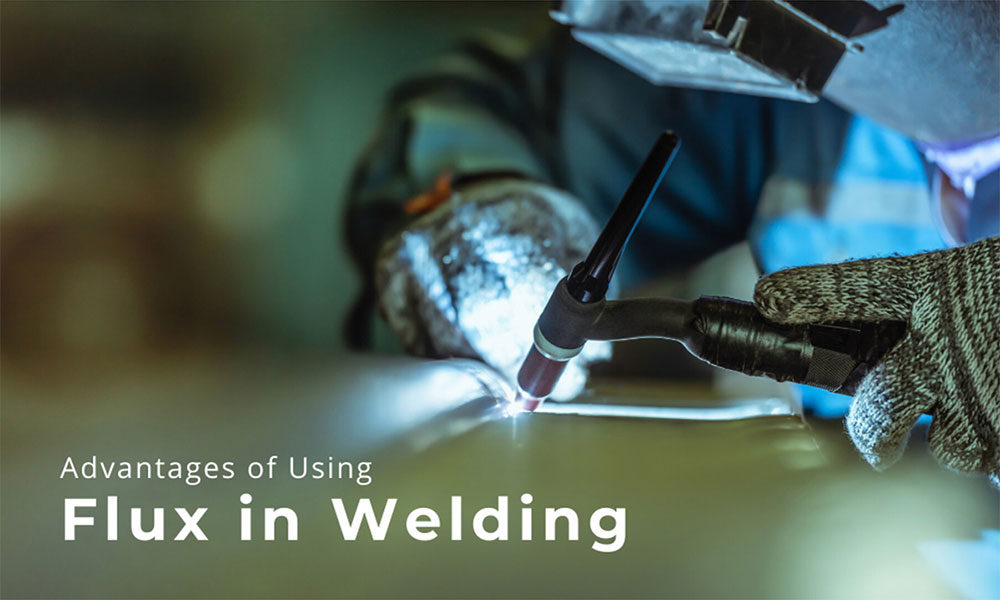Welding is an art that, both in the creation and reparation of several projects, offers abundant possibilities. Where reparation is involved, many aren’t aware of the true extent of the solutions that welding can provide. Many seemingly impossible projects are indeed possible—as long as we know the proper methods. Flux-cored arc welding is a method that was introduced and popularized in the 1950s. But with the advancements that have been made in the welding industry, many dismiss flux as a viable welding method. However, we may be premature in dismissing the many advantages that it provides.
A Cleaning Agent
One of the most important things that flux does in a weld is the fight against the metal oxides that may attack the metal and weaken the joints. Simply cleaning the metal before beginning the welding process will not always efficiently rid it of all factors that can affect the weld performance. In other words, you could say that flux prepares the metal to be welded.
It’s a Sign that the Metal is Ready for the Rod
While this may seem like a strange point, it’s a useful one—especially for beginners. When you’re welding or soldering a metal, you often will focus the heat around the flux, as opposed to straight on it. The flux is often an indicator that the metal is ready to make contact with the rod. For Super Alloy 1: when you find that the flux has reached a toasted-brown color, you can go in with the rod. For Super Alloy 5: when the flux has turned watery and thin, it’s time to apply the rod.
It Provides Protection
When your metal has cooled after welding, the excess flux is easy to remove via the use of a brush and warm water. The remaining layer, however, will serve to protect the metal from oxidizing or rusting as it ages. The flux ultimately provides a weld that is not only clean, but that will stay clean.
It Increases Filler Rod Flow
Using flux when brazing or soldering improves the wetting action of the filler metal, increasing the flow of the solder rod. This creates a stronger bond and eliminates problems such as porosity.
It Works on Difficult Metals
As mentioned above, there are numerous welding projects that many believe to be near-impossible due to their limited knowledge of available resources. As an example, many will avoid welding white metal—also known as pot metal—due to its unstable reputation. However, they don’t know that products—such as our Super Alloy 1—can be used on the joints of pot metal to provide a strong weld. It allows for difficult metals to be welded both to each other, as well as a variety of other materials.


